President Biden officially unveiled AM Forward in Cincinnati on May 6, which will increase the competitiveness of small and mid-sized U.S. manufacturers, create and maintain high-paying manufacturing jobs, and increase Supply Chain Resilience to Help American Households Reduce Costs.Sintavia Corporation, a designer and additive manufacturer of advanced propulsion and thermal power systems from the Florida aerospace, defense and space industries, was invited to represent the additive manufacturing supply chain at the launch event of the key White House initiative “AM Forward” , currently Sintavia designs and3D printingof products are already powering and cooling the flight and delivery vehicles of the future, this issue takes an up-close look at Sintavia’s fourth industrial revolution in human society in terms of additive manufacturing.3D printingexploration efforts in the field.
© Sintavia
The “AM Forward” program is a voluntary compact between large, well-known manufacturers and their smaller U.S. suppliers. GE Aviation, Honeywell, Lockheed Martin, Raytheon and Siemens Energy are early participants in the AM Forward initiative. Each of these aerospace OEMs had the opportunity to nominate an additive manufacturing supplier for the kickoff event, and Sintavia was invited by Lockheed Martin and Honeywell Aerospace. The Bipartisan Innovation Act (BIA) is currently under discussion in the U.S. Legislative Assembly. The bill will further strengthen the goals of the AM Forward initiative by establishing a supply chain office at the Department of Commerce, supporting fundamental technologies such as additive manufacturing, and investing in regional technology centers. BIA will also increase funding for the Manufacturing USA Institutes and Manufacturing Extension Partnership.
![]() Hardware lays the foundation for strength
Hardware lays the foundation for strength
Sintavia focuses on providing end-to-end3D printing servicesolutions, they didn’t develop their ownMetal 3D PrintingEquipment, based on its founder’s belief that 3D printing is the future of aerospace manufacturing, launched its own start-up in Davis, Florida, in 2012.
© Sintavia
According to 3D Science Valley’s market observations as early as early 2018, Sintavia received a long-term cooperation order from Honeywell to provide Honeywell with 3D printed parts, including aircraft auxiliary power units (APU), turboshaft engine zero components, turbofan engine parts and engine control valves, etc.
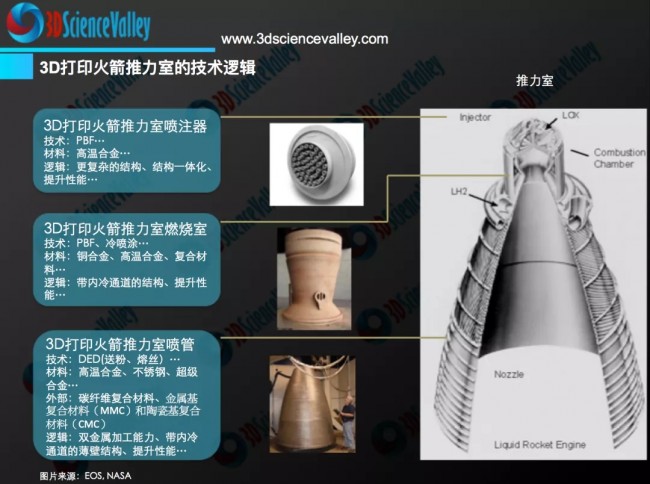 The technical logic of 3D printing a rocket thrust chamber
The technical logic of 3D printing a rocket thrust chamber
© 3D Science Valley White Paper
Sintavia has been working to improve related businesses in the past few years, in addition to developing and optimizing various metal 3D printing methods, it has also completed the acquisition of aerospace additive manufacturer QC Laboratories.
© Sintavia
Today, Sintavia is one of the global leaders in end-to-end additive manufacturing. Sintavia designs and 3D prints products that are already powering and cooling future flight and delivery vehicles. According to 3D Science Valley, Sintavia focuses on powders. bed selective laser melting3D printing technology, whose printing equipment includes SLM Solutions, EOS, GE, etc. Sintavia is good at printing metal powders such as Inconel 718 alloy, Inconel 625 alloy, aluminum, titanium, cobalt-chromium alloy, and stainless steel.
As a service representative for the Materials Characterization Laboratory, Sintavia provides comprehensive mechanical inspection capabilities using the most advanced equipment available today. Typical mechanical test properties include elasticity, tensile strength, elongation, hardness, fracture toughness, impact resistance, creep, stress rupture and proof of fatigue limit.
Sintavia’s metallurgical analysis laboratory is one of the most advanced and sophisticated in the world. Sintavia offers a full range of metallographic preparation capabilities including dividing, assembling, grinding, polishing and etching. This capability of the company itself is essential for raw material and indicator development.
In terms of post-processing, Sintavia uses Quintus Technologies’ hot isostatic pressing (HIP) technology, which can eliminate pores in parts that affect fatigue life through HIP and heat treatment, thereby improving titanium alloy and superalloy 3D printing parts. material properties.
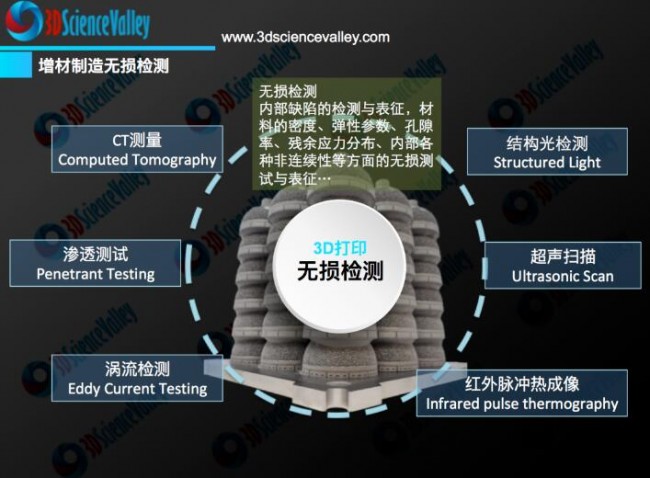 3D printing non-destructive testing methods
3D printing non-destructive testing methods
© 3D Science Valley White Paper
At the start of the printing service, Sintavia works with the customer to determine the right parameters that will improve the quality of the job and lead to high-speed production of parts. The one-stop service created by Sintavia includes design, powder analysis, printing, CT scanning, metallographic analysis, mechanical testing, etc. In this regard, Sintavia is AS9100 certified and ISO 17025/ANAB certified.
In terms of testing, Sintavia has built a one-stop service capability, which can perform metallographic inspection and hardness testing (Rockwell hardness test, Knoop hardness test, Vickers hardness test) according to ASTM requirements. Elemental analysis at the ppm level is performed using an Inductively Coupled Plasma (ICP) mass spectrometer, as well as failure analysis testing.
Sintavia’s current business is primarily focused on the additive manufacturing production of OEM components for aerospace and defense manufacturers worldwide. Sintavia’s business has also expanded into energy, automotive, and power generation.
![]() Process development of cooling system
Process development of cooling system
According to 3D Science Valley’s understanding, Sintavia used EOS’s AMCM M4K-4 printer to create this heat exchanger with a wave design. The material is a nickel superalloy designed for use in marine heat exchangers, and the entire assembly has external dimensions of approximately 16” x 16” x 39”. These units will be integral in cooling future engines, which will drive Advances in engine cooling for aerospace, defense, and aerospace.
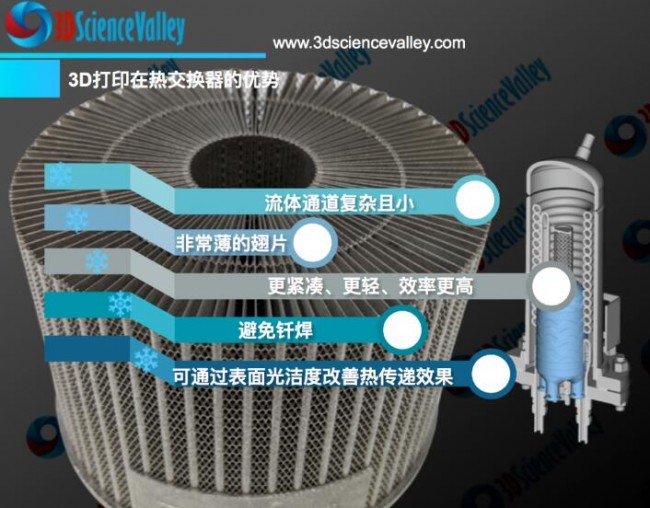 The application advantages of 3D printing in cooling
The application advantages of 3D printing in cooling
© 3D Science Valley White Paper
One of the benefits of designing an expandable heat exchanger core is that when3D printerWhen it gets bigger, so does the heat exchanger that can be made, and in one case 3D Science Valley understands, a Sintavia designed and 3D printed heat exchanger can provide up to 2 times as much as a traditionally designed and manufactured version heat transfer performance and up to 3 times the pressure drop


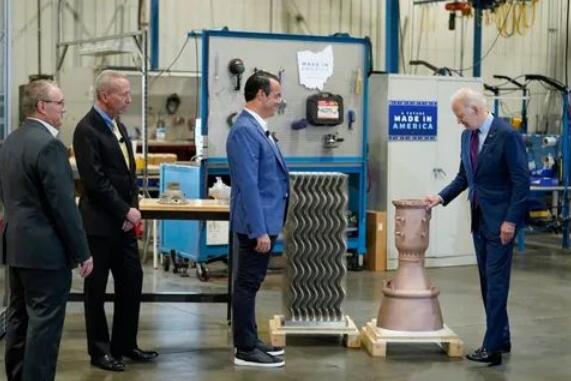
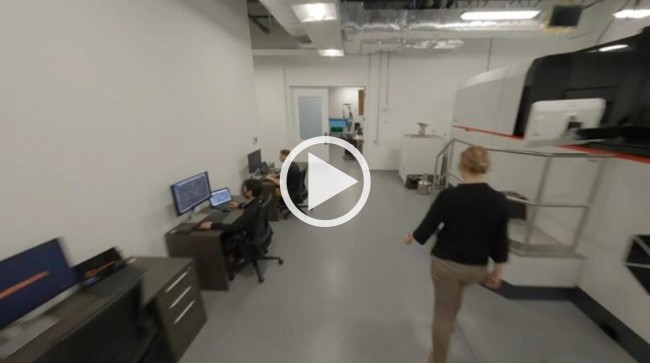
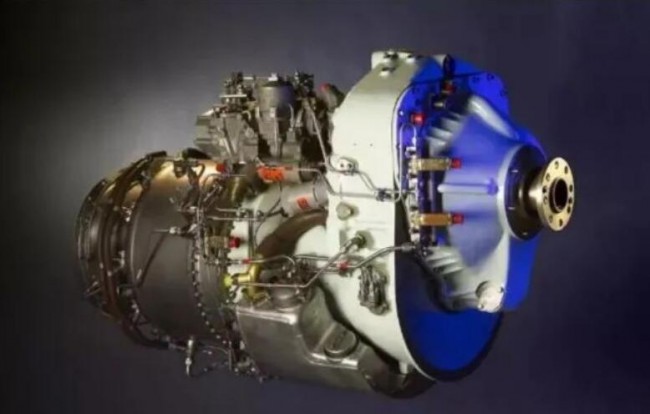
0 Comments for “White House Additive Manufacturing Advance Program A Closer Look – As Sintavia’s Fourth Industrial Revolution Underway”